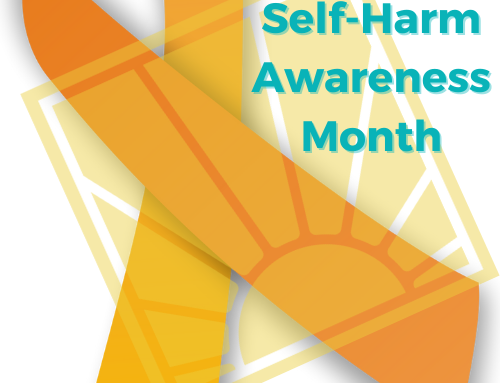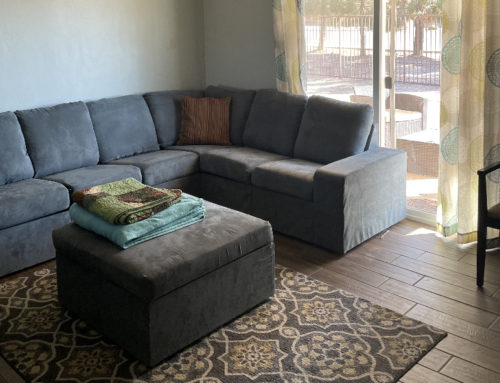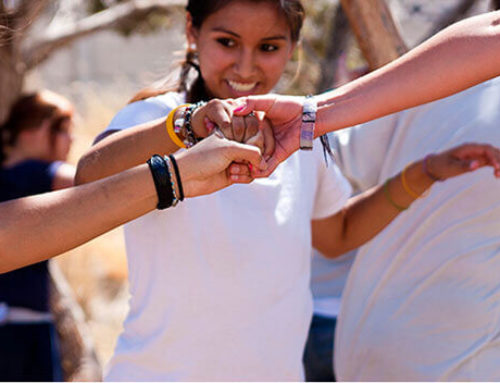A Brief Application of Epistemology to Residential Treatment
It is nearly universally inquired as it is reported, “what are you hoping for your daughter in her treatment? The answer, “to be functional, happy, and able to have a life.”
As treatment providers we have the same goals, to assist your daughter and your family in achieving balance, health, and well-being. Then, the penultimate question becomes not only how to do this, but perhaps even more importantly, how do we know treatment is working, and when someone is ready to transition home successfully. In this brief summary, I will review how we at Sunrise with input from our parents, our treatment professionals, and even our students themselves together determine treatment effectiveness, transition readiness, and overall well-being.
It is well documented that despite the overwhelming amount of confidence placed in one’s own clinical judgment, that quantitative measures are on average more accurate than therapists’ assessment. This was and is a bitter pill for my colleagues and I, as we tend to think we’re always right, right? At Sunrise we employ numerous proven psychometric instruments to supplement our professional opinions, such as the Youth Outcome Questionnaire Self Report 2.0 (YOQ-SR 2.0.), and others that will be delineated below. Of course, the gold standard is the combination of both standardized measurement instruments and sage clinical insight to achieve the most accurate understanding, treatment plans, and eventually to measure the readiness of a student to transition home or otherwise.
The YOQ is a comprehensive battery of subscales that give the team, parents and professionals alike, a broad picture of how a student is doing. It includes the following subscales:
-Interpersonal Relationships
-Somatic experience
-Interpersonal Distress
-Social Problems
-Critical Items
-Behavioral Dysfunction
This instrument is combined with the Session Rating Scale, which measures the therapeutic alliance, and Outcome Rating Scale, a weekly psycho-social-emotional outcome scale, to enhance clinical judgment, inform treatment plans, and assist in determining a student’s overall progress. Additionally, we utilize the Patient Health Questionnaire-9 (PHQ-9), a critical items and depression scale, the Family Inventory of Communication Scale (FICS), how well a family communicates and interacts positively, and a new executive functioning measure known as Executive Functioning Scale (EFS). When all of these are taken together with subjective observations from staff, parents, and therapist the status of a student comes easily into focus, including their readiness to successfully transition home or to other therapeutic placements.
Another common inquiry is “my daughter’s no longer demonstrating symptoms of mental illness. Is she well? Can she come home?” Access to data and evidence-based practices is excellent, and understanding how to utilize them is better yet. What this means is that we are looking for very specific points in the data we collect and observe; are the unhealthy behaviors abating including precipitating behaviors (e.g., self harm ideation), and more importantly, are they being replaced by healthy ones (e.g., positive coping behaviors, etc.)? The absence of pathology is not the presence of health, we are constantly working alongside students and their families in creating what Dr. Marsha Linehan, the founder of Dialectical Behavior Therapy, calls a “life worth living.” Home visits, milieu behaviors, community art or dance classes, sports leagues, college classes, outside employment, and a myriad of other experiences provide much needed real-life data which when taken with clinical judgment and quantitative measures allow for a vivid window into a student’s well-being versus their pathology.
Also, in the measures we utilize at Sunrise, there are research informed clinical cut-offs, or points at which the scores indicate symptoms that help to determine mental illness or mental health respectively. We are interested in the forest as much as we are the metaphorical “trees” or specific points of data; we look at trends in the aggregate scores as key indicators of treatment effectiveness, transition readiness, and long-term success. As with all behavior, we find natural fluctuations occurring. Therefore, the goal is to see disordered behavior reducing in intensity, frequency, and duration; pathology trending downwards. And, conversely that healthy behavior is trending upwards as measured by the same scales and subjective observations. Finally, we must always carefully weigh normal behavior against disordered behavior. We are treating teenagers after all, and it can be tempting to eradicate or modify frustrating behaviors that do not pertain to actual mental health and functioning.
In conclusion, treatment is indeed a journey, and knowing where we’re going, how we’re going to get there, and recognizing when we’ve arrived are critical components of successful treatment. These vital touchstones are best discovered and utilized via a combination of subjective data gleaned through student-parent-staff-therapist interaction, and quantitative measures such as the YOQ et al. Over time we are able to determine how a student is trending against a backdrop of what constitutes normal or healthy teenage behavior. Lastly, when all observations and data are taken together, treatment planning, implementation, and transition become clear, effective, and attainable.




